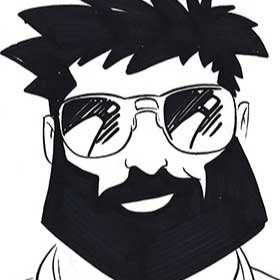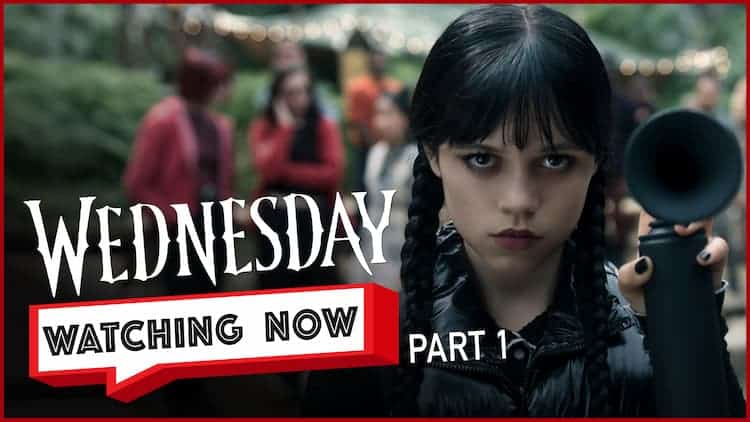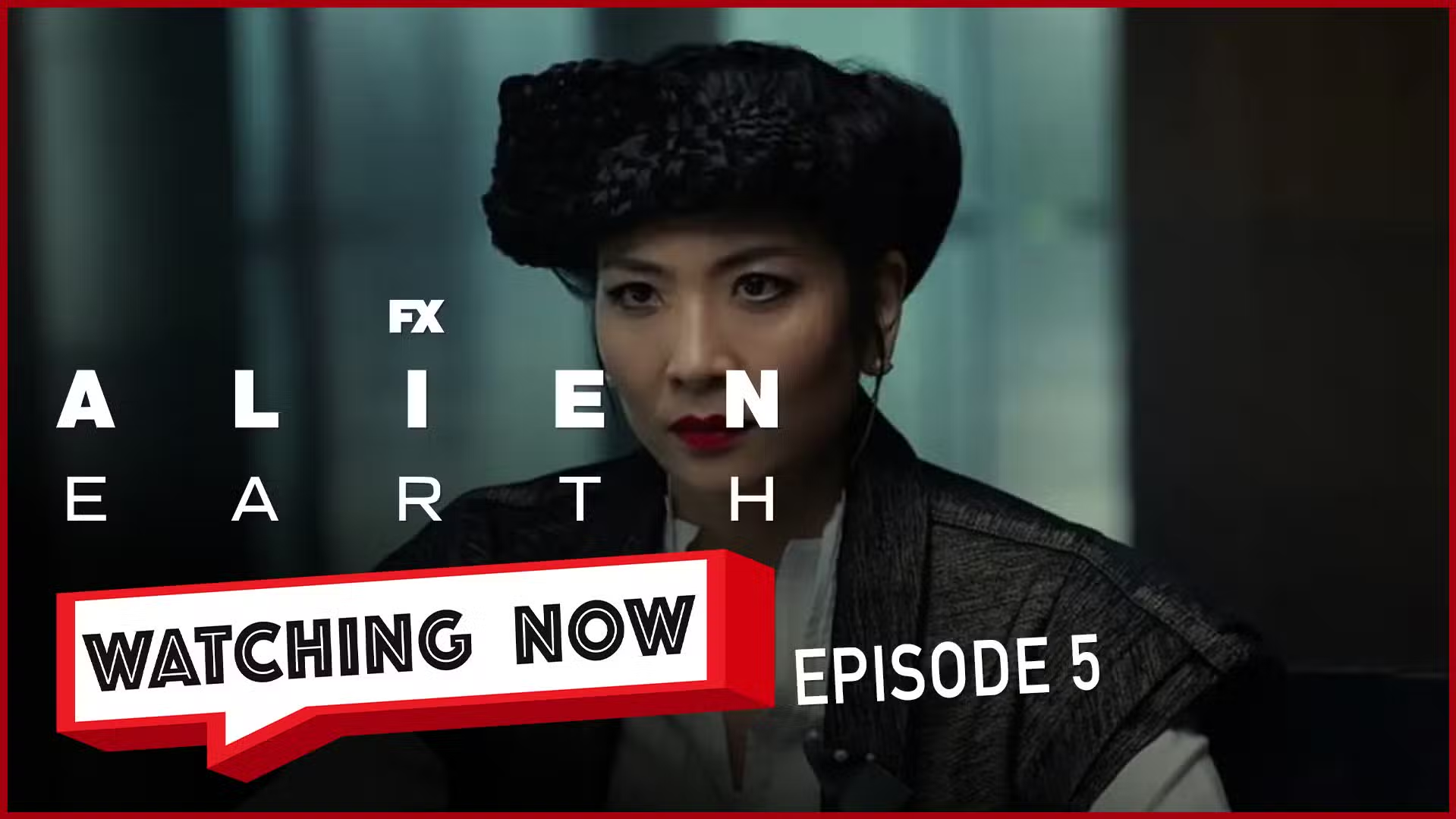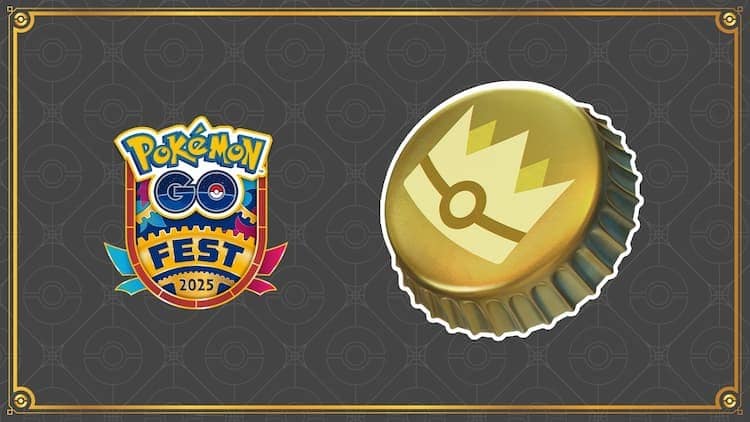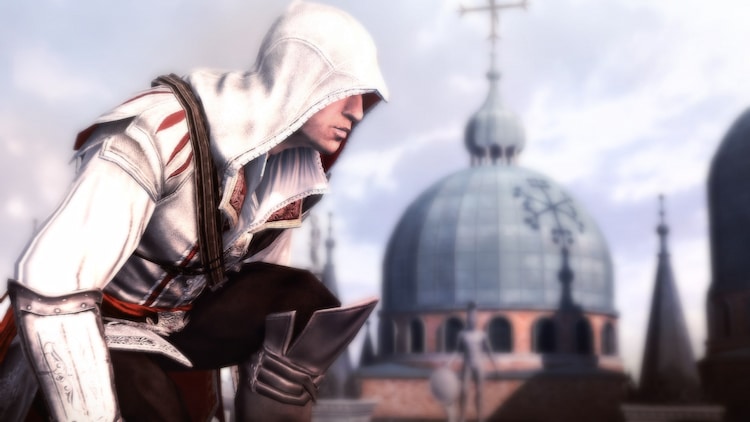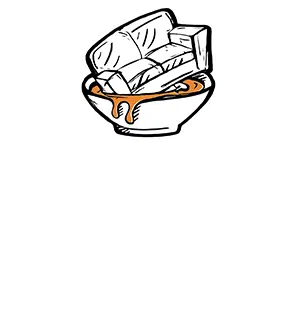Even though I was a 90’s kid, I was pretty much brought up watching shows from the seventies and eighties. We’re talking The Transformers, SWAT, T J Hooker, Jake, and The Fatman, and mostly Starsky and Hutch. Driver San Francisco is cast from a similar daytime cop TV show mold, but is this game a diamond in the rough or a turd in the punchbowl? Let’s find out!
Please note that this review is referencing the PlayStation 3 version of the game. The Xbox 360 and PC versions are similar to this, however, the Wii version is a completely separate game.
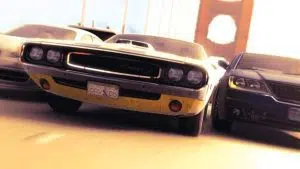 Driver San Francisco is the fifth installment in the Driver series, directly following Driver 3 or Driv3r if you’re still stuck in the early 2000s. The game is set in a fictionalized recreation of San Francisco and the surrounding areas Marin county and Oakland as well as notable landmarks the Golden Gate Bridge and the San Francisco Oakland Bay Bridge. The developers also recreated around 335 kilometers (208 miles for our American friends).
Driver San Francisco is the fifth installment in the Driver series, directly following Driver 3 or Driv3r if you’re still stuck in the early 2000s. The game is set in a fictionalized recreation of San Francisco and the surrounding areas Marin county and Oakland as well as notable landmarks the Golden Gate Bridge and the San Francisco Oakland Bay Bridge. The developers also recreated around 335 kilometers (208 miles for our American friends).
For those of you looking for the video game version of Citizen Kane, keep looking because this plot is not complex. Six months after the events of Driver 3, series antagonist Charles Jericho is put on trial for the various crimes he’s committed in previous games after series protagonist John Tanner apprehends him in the previous game (homicide, drug trafficking, corrupting the children, the usual). He’s planning on poisoning the city’s water supply or something, it’s not important, he’s bad and you’re good. On the day of the trial, Jericho stages a breakout commandeers a prison van, and takes out his police guard. Tanner and his partner Tobias Jones are following the convoy and pursue Jericho. One thing leads to another and Tanner is hospitalized in a coma and all the events after the crash is the result of Tanner’s coma fever dream.
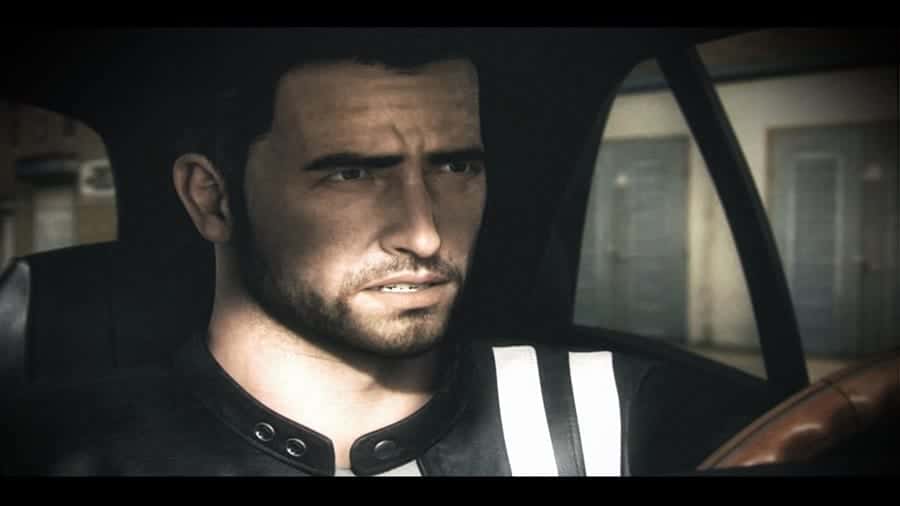 This sounds like a spoiler but it really isn’t as the game establishes this early on and you can even hear the hospital heart monitor if you ascend high enough above the city, which is a wonderful touch. The game laying the “It was all a dream” card down on the table so soon is the best way they could have handled it because that ending twist is as played out as an old Stretch Armstrong.
This sounds like a spoiler but it really isn’t as the game establishes this early on and you can even hear the hospital heart monitor if you ascend high enough above the city, which is a wonderful touch. The game laying the “It was all a dream” card down on the table so soon is the best way they could have handled it because that ending twist is as played out as an old Stretch Armstrong.
The Starsky and Hutch comparison is a very apt one as this game hits all the same beats as reliably as a one-armed bongo player. Tanner is a maverick cop that bends the rules but gets the job done. He’s got a sassy partner, a love of 70’s muscle cars, and a massive death wish. The goofy daytime cop show vibe the game is presenting meshes together nicely with the game’s mechanics. Seatbelts are made of magical “nondeadanium” and pedestrians clear the area faster than a classroom on black bean Friday. This keeps the game’s tone light without it coming off as completely psychotic.
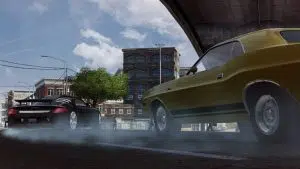 With most of the characters being a mixture of one-dimensional stereotypes and cardboard cut-outs, it was a surprise to me just how much character they gave to Tanner. True, he’s been cut out from such a generic template and the stencils all faded but his character comes to life right after his Groundhog Day realization that he can jump into any car and possess any driver he wants without any consequence and immediately jumps into the body of a driving student and speeds off with the instructor leaving a poo-poo brown trail behind them (although a later mission involving a car salesman takes the cake for me). The side characters in each of the missions that Tanner quantum leaps into having some solid writing behind them with unique personalities and the witty dialogue was quite impressive considering we hardly see any of their faces.
With most of the characters being a mixture of one-dimensional stereotypes and cardboard cut-outs, it was a surprise to me just how much character they gave to Tanner. True, he’s been cut out from such a generic template and the stencils all faded but his character comes to life right after his Groundhog Day realization that he can jump into any car and possess any driver he wants without any consequence and immediately jumps into the body of a driving student and speeds off with the instructor leaving a poo-poo brown trail behind them (although a later mission involving a car salesman takes the cake for me). The side characters in each of the missions that Tanner quantum leaps into having some solid writing behind them with unique personalities and the witty dialogue was quite impressive considering we hardly see any of their faces.
 Leaping into any car at will is a well-executed and the right kind of gimmick in that it actually adds to a worn-out concept. Other than that, the gameplay is pretty standard, driving around, jumping off-ramp trucks, and collecting collectibles is pretty standard Ubisoft open-world game direction. The body-swapping mechanic leads to multiple opportunities to cause mayhem. From choosing civilians to sacrifice to the god of head-on collisions or remotely controlling a car from the car behind it. In the end, most good games have a clear sense of flow with not much stop-start in between. This game has an almost seamless sense of flow. You can be in a cutscene, slide into gameplay, crash head-on into a wall or a traffic barrier and with only two simple button presses you’re back on the road, leaving whoever you were controlling stuck to public transport for the next few days.
Leaping into any car at will is a well-executed and the right kind of gimmick in that it actually adds to a worn-out concept. Other than that, the gameplay is pretty standard, driving around, jumping off-ramp trucks, and collecting collectibles is pretty standard Ubisoft open-world game direction. The body-swapping mechanic leads to multiple opportunities to cause mayhem. From choosing civilians to sacrifice to the god of head-on collisions or remotely controlling a car from the car behind it. In the end, most good games have a clear sense of flow with not much stop-start in between. This game has an almost seamless sense of flow. You can be in a cutscene, slide into gameplay, crash head-on into a wall or a traffic barrier and with only two simple button presses you’re back on the road, leaving whoever you were controlling stuck to public transport for the next few days.
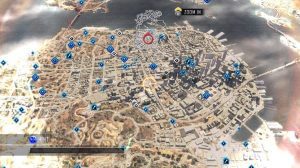 The game not purporting to be a 1:1 simulation is a good thing as some of the cars skid and spin out with the slightest urging from you which can be a little annoying when you’ve been leading a race the entire time only to hit a discarded chip packet and end up stuck on your roof with nothing to mop up your frustrated tears. The rubber banding can be obnoxious and there is a tendency for invisible walls to cramp your style right as you’re getting sweet air off one of the many ramp trucks roaming the streets.
The game not purporting to be a 1:1 simulation is a good thing as some of the cars skid and spin out with the slightest urging from you which can be a little annoying when you’ve been leading a race the entire time only to hit a discarded chip packet and end up stuck on your roof with nothing to mop up your frustrated tears. The rubber banding can be obnoxious and there is a tendency for invisible walls to cramp your style right as you’re getting sweet air off one of the many ramp trucks roaming the streets.
The soundtrack for this game is an absolute treat including The Black Keys, The Cure, Beastie Boys, and Queens of the Stone Age to name a few and the graphics aren’t too shabby for a 2011 game. The addition of split-screen multiplayer, both co-op and competitive is awesome with a free roam stacked on top.
The best moments in this game are the simple ones. Playing split-screen, outrunning the police and roaming around the open world, tearing down the Golden Gate Bridge as my favorite song comes on the radio makes this game so much fun to play. Then crashing into your mate head-on, wrecking both of you is simply the icing on the cake.
Have you played Driver: San Francisco? Are there any other Hidden Gems that I should check out? Let me know in the comments below.

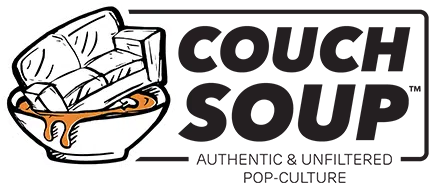

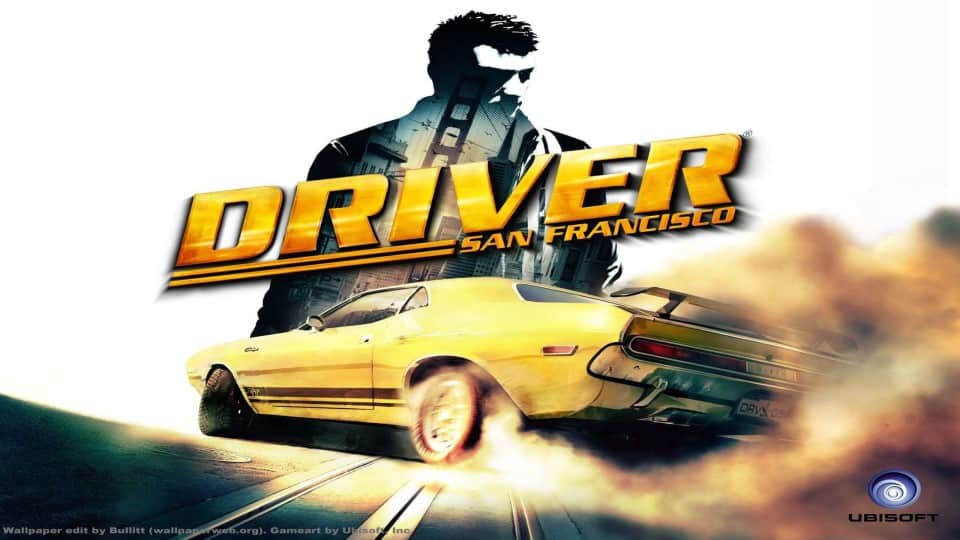
 Driver San Francisco
Driver San Francisco This sounds like a spoiler but it really isn’t as the game establishes this early on and you can even hear the hospital heart monitor if you ascend high enough above the city, which is a wonderful touch. The game laying the “It was all a dream” card down on the table so soon is the best way they could have handled it because that ending twist is as played out as an old Stretch Armstrong.
This sounds like a spoiler but it really isn’t as the game establishes this early on and you can even hear the hospital heart monitor if you ascend high enough above the city, which is a wonderful touch. The game laying the “It was all a dream” card down on the table so soon is the best way they could have handled it because that ending twist is as played out as an old Stretch Armstrong. With most of the characters being a mixture of one-dimensional stereotypes and cardboard cut-outs, it was a surprise to me just how much character they gave to Tanner. True, he’s been cut out from such a generic template and the stencils all faded but his character comes to life right after his
With most of the characters being a mixture of one-dimensional stereotypes and cardboard cut-outs, it was a surprise to me just how much character they gave to Tanner. True, he’s been cut out from such a generic template and the stencils all faded but his character comes to life right after his  Leaping into any car at will is a well-executed and the right kind of gimmick in that it actually adds to a worn-out concept. Other than that, the gameplay is pretty standard, driving around, jumping off-ramp trucks, and collecting collectibles is pretty standard Ubisoft open-world game direction. The body-swapping mechanic leads to multiple opportunities to cause mayhem. From choosing civilians to sacrifice to the god of head-on collisions or remotely controlling a car from the car behind it. In the end, most good games have a clear sense of flow with not much stop-start in between. This game has an almost seamless sense of flow. You can be in a cutscene, slide into gameplay, crash head-on into a wall or a traffic barrier and with only two simple button presses you’re back on the road, leaving whoever you were controlling stuck to public transport for the next few days.
Leaping into any car at will is a well-executed and the right kind of gimmick in that it actually adds to a worn-out concept. Other than that, the gameplay is pretty standard, driving around, jumping off-ramp trucks, and collecting collectibles is pretty standard Ubisoft open-world game direction. The body-swapping mechanic leads to multiple opportunities to cause mayhem. From choosing civilians to sacrifice to the god of head-on collisions or remotely controlling a car from the car behind it. In the end, most good games have a clear sense of flow with not much stop-start in between. This game has an almost seamless sense of flow. You can be in a cutscene, slide into gameplay, crash head-on into a wall or a traffic barrier and with only two simple button presses you’re back on the road, leaving whoever you were controlling stuck to public transport for the next few days. The game not purporting to be a 1:1 simulation is a good thing as some of the cars skid and spin out with the slightest urging from you which can be a little annoying when you’ve been leading a race the entire time only to hit a discarded chip packet and end up stuck on your roof with nothing to mop up your frustrated tears. The rubber banding can be obnoxious and there is a tendency for invisible walls to cramp your style right as you’re getting sweet air off one of the many ramp trucks roaming the streets.
The game not purporting to be a 1:1 simulation is a good thing as some of the cars skid and spin out with the slightest urging from you which can be a little annoying when you’ve been leading a race the entire time only to hit a discarded chip packet and end up stuck on your roof with nothing to mop up your frustrated tears. The rubber banding can be obnoxious and there is a tendency for invisible walls to cramp your style right as you’re getting sweet air off one of the many ramp trucks roaming the streets.